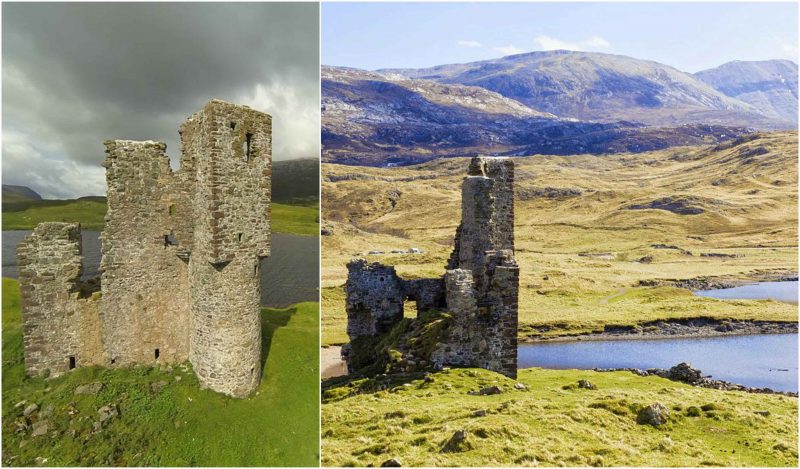Under the gray sky and green fields of Northern Scotland lie the ruins of Ardvreck Castle, dating from the 16th century.
If someone is driving along the A837, at the east end of Loch Assynt in Sutherland, they can notice the shell of Calda House close to the road and the remains of the castle further to the west.
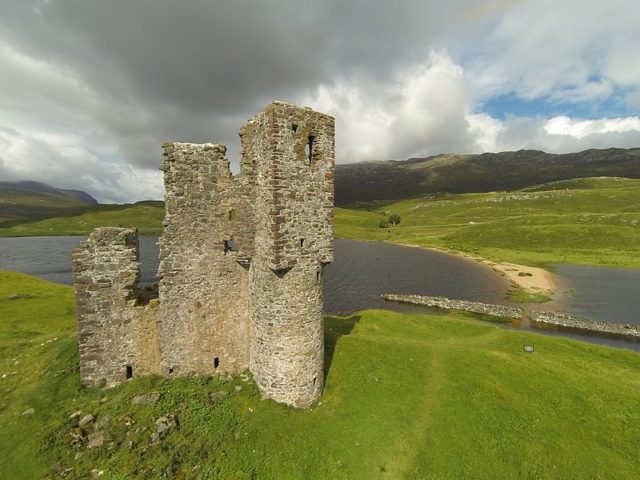
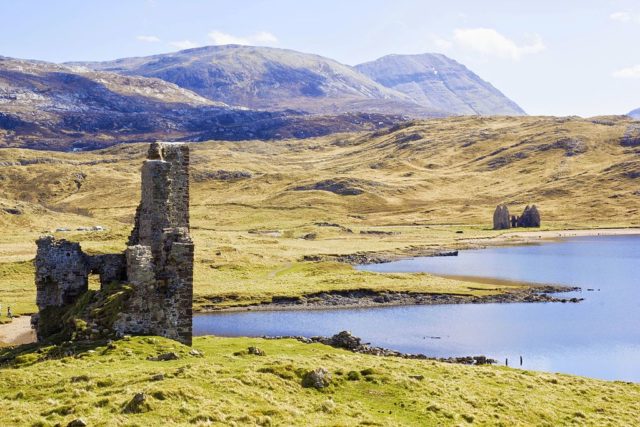
The Clan MacLeod family has owned Assynt since the 13th century and they have a long history in the Sutherland area. The castle, built during the 1590s, was most likely in their possession.
There are many historical tales about the MacLeod Clan and this particular area but the most famous one concerning Ardvreck Castle is about James, Marquis of Montrose: the Scottish nobleman, poet, and soldier who in 1650 sought shelter at the home of Neil MacLeod of Assynt.
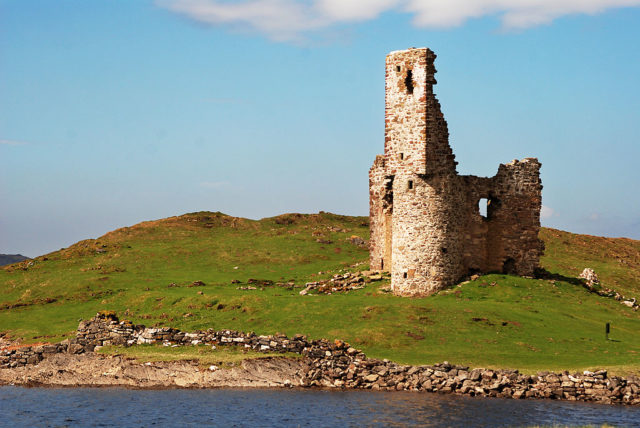
But as Neil wasn’t home at the time, his wife Christine tricked Montrose by inviting him to the castle while she sent for the troops of the Covenanter Government. He was soon captured and held in the castle before his trial and execution in Edinburgh. Montrose was executed a month after he had been captured in Ardvreck Castle, for being a royalist who fought against the Covenanters for the Royalist cause. This event stands as a remarkable betrayal of Highland hospitality.
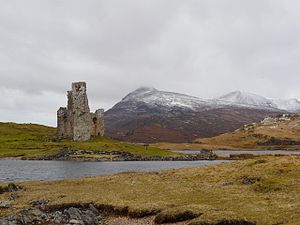
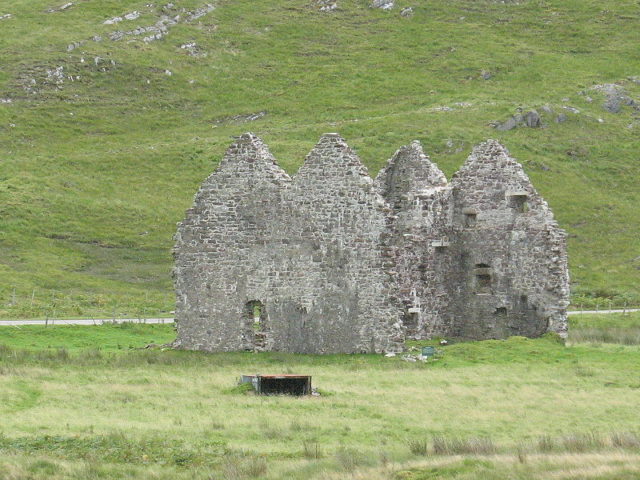
Ardvreck Castle was attacked and captured in 1672 by the Mackenzies, who gained control over the Assynt lands. Four years later, they decided to build a more modern house that would replace the castle.
The Mackenzies built the Calda House by the small Calda stream, and they probably took bricks from the castle during the construction of the house, slowly ruining the castle. One night in 1737, the house burned down in a mysterious fire. From then on the house and the castle have remained in ruins.
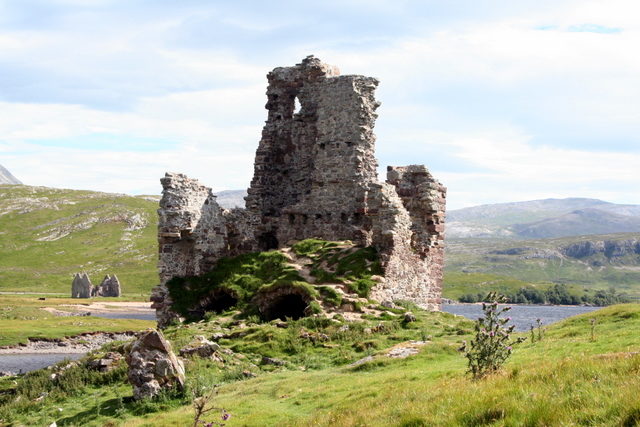
Even though what is left of the castle is a ruined tower that doesn’t resemble a large structure, Ardvreck was a huge and imposing fortress in its prime. Even though it was a comparatively simple rectangular block of some three or four stories, the castle also had a walled garden and formal courtyard, and gun loops pierced in the basement walls.
What is left of it is the tower and a small part of the defensive wall. However, the walk to the castle, especially after learning about its history, is more than enjoyable thanks to the stunning scenery of the Highlands.
